Home>Garden Essentials>What Parts Of Lower Manhattan Are Infill
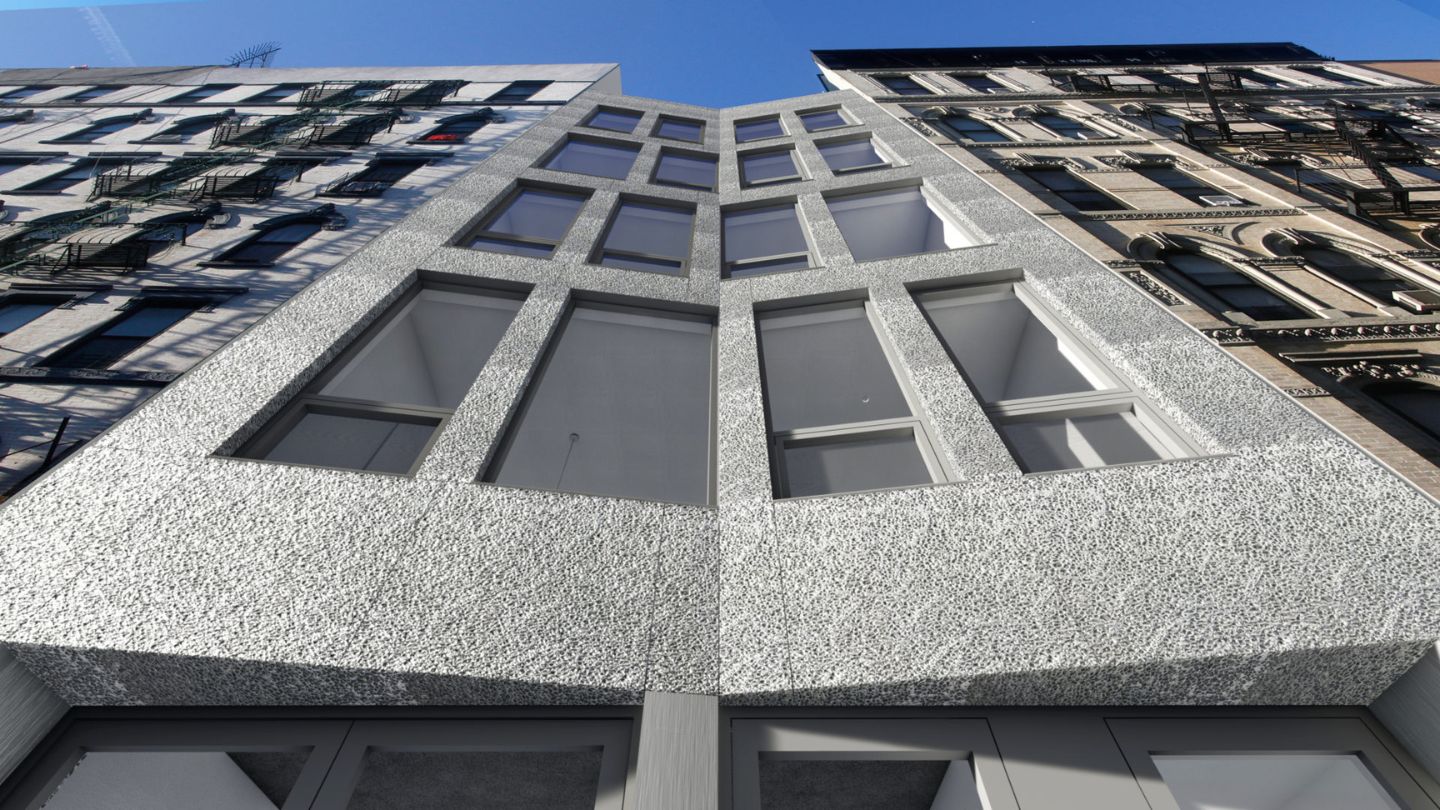

Garden Essentials
What Parts Of Lower Manhattan Are Infill
Modified: March 7, 2024
Discover the garden-filled gems of lower Manhattan. Explore the vibrant infill areas and uncover the hidden green spaces that make this neighborhood unique.
(Many of the links in this article redirect to a specific reviewed product. Your purchase of these products through affiliate links helps to generate commission for Storables.com, at no extra cost. Learn more)
Introduction
Welcome to the bustling streets of Lower Manhattan! This vibrant neighborhood is known for its iconic skyline, historic landmarks, and diverse cultural offerings. But did you know that Lower Manhattan is also home to numerous infill development projects? In this article, we will explore what exactly infill development is, delve into the distinct parts of Lower Manhattan that have undergone or are currently undergoing infill projects, and discuss the benefits and challenges associated with these endeavors.
Before we dive into the specifics, let’s first define what infill development entails. Infill development refers to the process of constructing new buildings or redeveloping existing spaces within already established urban areas. It involves utilizing vacant or underutilized land parcels to maximize the use of space and promote urban revitalization. In the context of Lower Manhattan, this means breathing new life into pockets of the neighborhood by adding new structures or repurposing existing ones.
Lower Manhattan, often referred to as the Financial District, encompasses a vast area that includes several distinct neighborhoods such as the Financial District, Civic Center, South Street Seaport, Tribeca, and Battery Park City. Each of these neighborhoods has its own unique character and has experienced different levels of infill development.
Now, let’s explore the benefits and challenges associated with infill development in Lower Manhattan. On one hand, infill projects offer the opportunity to revitalize underutilized spaces, increase housing options, attract businesses, and stimulate economic growth. By repurposing vacant lots or outdated buildings, these projects can also contribute to a more sustainable urban environment.
However, infill development also presents certain challenges. Land scarcity and high costs in dense urban areas like Lower Manhattan can make acquiring suitable sites for infill projects a complex and expensive process. Preserving the historic character of the neighborhood while accommodating the demands of modern development is another delicate balancing act.
Despite these challenges, Lower Manhattan has seen a number of successful infill projects in recent years. Let’s now take a closer look at some of the notable infill developments in different parts of the neighborhood.
Key Takeaways:
- Infill development in Lower Manhattan revitalizes historic areas, creates vibrant communities, and promotes sustainable urban living by repurposing vacant spaces and preserving the neighborhood’s unique character.
- Challenges in infill development include land scarcity, high costs, and balancing historical preservation with modern development, requiring careful planning and collaboration to maintain the neighborhood’s charm.
Read more: In What Glass Is A Manhattan Served?
Defining Infill Development
Infill development is a term used to describe the process of constructing new buildings or repurposing existing spaces within already established urban areas. It involves the utilization of vacant or underutilized parcels of land to maximize spatial efficiency and promote urban revitalization.
Unlike greenfield development, which involves constructing on undeveloped or rural land, infill development focuses on making the most of existing urban infrastructure and resources. It helps to combat urban sprawl by utilizing available space in densely populated areas, reducing the need for expanding into undeveloped land on the outskirts of cities.
This type of development is particularly prevalent in cities with limited available land, where space is at a premium. By redeveloping vacant lots, abandoned buildings, or outdated structures, infill development can help to create vibrant and sustainable urban environments.
One of the key goals of infill development is to promote a compact and walkable urban form. By strategically placing buildings and amenities in close proximity to each other, infill projects encourage a more pedestrian-friendly cityscape. This helps to reduce reliance on private vehicles and promotes alternative modes of transportation, such as walking, cycling, and public transit.
Infill development also contributes to the overall density of urban areas, supporting the efficient use of land and infrastructure. By intensifying land use within existing neighborhoods, cities can optimize the provision of services and amenities, such as schools, parks, and public transportation. This leads to a more efficient allocation of resources and helps to create vibrant and livable communities.
Furthermore, infill development can have positive economic impacts on cities. By revitalizing underutilized spaces, these projects attract new businesses, stimulate local economies, and create job opportunities. They can also contribute to the preservation and enhancement of historic neighborhoods, showcasing the cultural heritage and character of a city.
However, infill development is not without its challenges. Land scarcity, high costs, and complex regulatory processes can pose significant obstacles to implementing successful infill projects. Balancing the preservation of existing urban fabric and historical significance with the demands of modern development requires careful planning and collaboration between stakeholders.
In summary, infill development plays a vital role in harnessing the full potential of urban areas. It maximizes the efficient use of existing land, creates vibrant and walkable communities, and contributes to the economic and cultural vitality of cities. In the following sections, we will explore the specific examples of infill development in the various neighborhoods of Lower Manhattan.
Lower Manhattan: An Overview
Lower Manhattan, a dynamic and historic neighborhood, is located at the southern tip of the island of Manhattan in New York City. It is a vibrant hub of business, finance, culture, and tourism, attracting both locals and visitors alike. Spanning an area that includes several distinct neighborhoods, Lower Manhattan offers a diverse mix of architectural styles, iconic landmarks, and a rich cultural heritage.
The Financial District, often referred to as FiDi, is at the heart of Lower Manhattan. As the financial capital of the world, it is home to Wall Street, the New York Stock Exchange, and a multitude of corporate headquarters. The area is characterized by its towering skyscrapers, including the iconic One World Trade Center, and its bustling streets filled with professionals, tourists, and residents.
Adjacent to the Financial District is the Civic Center neighborhood. Here, you will find prominent government buildings, such as City Hall and the courthouses, as well as cultural institutions like the National Museum of the American Indian and the African Burial Ground National Monument. The Civic Center is a blend of government offices, residential buildings, and educational institutions, creating a vibrant and diverse atmosphere.
South Street Seaport, located along the East River, is a historic district known for its maritime heritage. Stroll along cobblestone streets and explore preserved 19th-century buildings that now house shops, restaurants, and museums. The Seaport is a popular destination for locals and tourists, offering stunning views of the waterfront and hosting events throughout the year.
Tribeca, short for Triangle Below Canal Street, is a neighborhood known for its distinct loft apartments, trendy restaurants, and vibrant arts scene. Once an industrial area, Tribeca has transformed into a sought-after residential and entertainment hub. Its cobblestone streets, historic warehouses, and converted industrial buildings give the neighborhood a unique charm.
Battery Park City, located on the southwestern tip of Lower Manhattan, is a planned residential community. It was built on reclaimed land and offers waterfront views, parks, and high-rise residential buildings. Battery Park City is a haven for outdoor enthusiasts, with miles of bike and pedestrian paths along the Hudson River and numerous recreational facilities.
Lower Manhattan is not only a thriving hub of commerce, but it also boasts a rich cultural scene. The area is home to countless museums, theaters, art galleries, and music venues. From the iconic Statue of Liberty to the thought-provoking 9/11 Memorial & Museum, Lower Manhattan offers a wealth of cultural and historical attractions.
With its mix of old-world charm and modern development, Lower Manhattan is constantly evolving. In the following sections, we will explore the various infill development projects that have contributed to the transformation and growth of this dynamic neighborhood.
Benefits and Challenges of Infill Development in Lower Manhattan
Infill development in Lower Manhattan has both benefits and challenges. Let’s explore these in more detail to understand the impact of these projects on the neighborhood.
Benefits of Infill Development:
- Maximizing Land Use: Infill development allows for the efficient use of existing land, making the most of limited space in a densely populated area. By utilizing vacant lots and underutilized spaces, infill projects help increase the density and vibrancy of Lower Manhattan.
- Revitalization of Neighborhoods: Infill projects can breathe new life into neighborhoods, transforming rundown areas into vibrant and attractive places to live, work, and visit. These developments contribute to the revitalization of the urban fabric, instilling a sense of pride and community.
- Increased Housing Supply: Lower Manhattan is a sought-after residential neighborhood, and infill development can help address the housing shortage. By adding new residential buildings or repurposing existing ones, these projects increase housing supply, offering more options for residents.
- Economic Growth: Infill development attracts businesses and stimulates local economies. These projects often include commercial spaces, retail establishments, and office buildings, creating job opportunities and promoting economic growth in the neighborhood.
- Sustainable Urban Development: By focusing on existing urban areas, infill development promotes sustainable growth and reduces the need for further urban sprawl. It encourages the use of public transportation, reduces reliance on private vehicles, and supports walkability and bikeability, contributing to a more sustainable and environmentally friendly neighborhood.
Challenges of Infill Development:
- Land Scarcity and High Costs: Finding suitable and available land for infill development can be challenging in a densely developed area like Lower Manhattan. The scarcity of land and high costs of acquisition can make these projects financially demanding.
- Preservation of Historic Character: Lower Manhattan is known for its rich historical heritage and architectural significance. Balancing the preservation of the neighborhood’s unique character while accommodating the demands of modern development is a delicate task. It requires thoughtful planning and architectural design to ensure that the new structures blend harmoniously with the existing urban fabric.
- Community Impact: Infill development projects can have a significant impact on the surrounding community. The construction phase may cause inconvenience and disruptions to residents, businesses, and regular activities. Mitigating these impacts and ensuring community involvement and engagement during the development process are crucial to maintaining a positive relationship with the neighborhood.
- Infrastructure and Services: Introducing new developments in an already densely populated area puts pressure on existing infrastructure and services. Proper planning and coordination with local authorities are necessary to ensure that the neighborhood can accommodate the increased population and demands for amenities such as schools, parks, and transportation.
Overall, infill development in Lower Manhattan has the potential to bring significant benefits to the neighborhood, including increased density, revitalization, economic growth, and sustainability. However, it also comes with challenges that require careful navigation and collaboration between developers, authorities, and the community. Striking a balance between modern development and preserving the unique character of Lower Manhattan is key to creating a vibrant and livable urban environment.
Infill Projects in Lower Manhattan
Lower Manhattan has seen numerous infill development projects that have transformed various parts of the neighborhood. Let’s explore some notable examples of infill projects that have made a significant impact.
Financial District:
As the epicenter of global finance, the Financial District has witnessed several infill projects that have reinvigorated the area. One notable project is the transformation of the Fulton Market Building into a mixed-use development. This historic building, once a bustling market, now houses upscale retail shops, restaurants, and modern loft apartments.
Civic Center:
The Civic Center neighborhood has also undergone notable infill developments. The development of 50 West Street, a luxury residential tower, stands out as a prominent addition to the skyline. This sleek and modern building offers stunning views of the city and provides high-end amenities to its residents.
South Street Seaport:
The South Street Seaport has seen significant infill development that celebrates its maritime heritage while providing modern amenities. The Pier 17 project transformed the waterfront area into a dynamic and vibrant entertainment hub. This modern complex offers retail spaces, a rooftop concert venue, and a public plaza with breathtaking views of the Brooklyn Bridge and the East River.
Tribeca:
Tribeca is known for its historic lofts and industrial buildings, which have been repurposed for modern living. One notable infill project in this neighborhood is the Roxy Hotel, formerly the Tribeca Grand Hotel. This iconic building blends historic charm with modern design, offering a unique boutique hotel experience.
Battery Park City:
Battery Park City, a planned residential community built on reclaimed land, has experienced significant infill development. One notable project is the development of the Brookfield Place complex. This mixed-use development includes high-end retail and dining options, office space, and a waterfront plaza, creating a vibrant destination for locals and visitors alike.
These are just a few examples of the many infill development projects in Lower Manhattan. Each project adds its own touch of modernity and revitalization to the neighborhood, contributing to the overall transformation and growth of the area.
It is important to note that infill development is an ongoing process, and new projects continue to shape the landscape of Lower Manhattan. These projects not only enhance the physical environment but also contribute to the economic and social fabric of the neighborhood, making it a desirable place to live, work, and visit.
Read more: How To Create Infill With Solidworks Parts
Financial District
The Financial District, often simply referred to as FiDi, is the beating heart of Lower Manhattan and the epicenter of global finance. This bustling neighborhood is characterized by its iconic skyscrapers, historic landmarks, and vibrant atmosphere. In recent years, the Financial District has also seen several significant infill projects that have transformed the area, enhancing its vibrancy and livability.
One of the notable infill projects in the Financial District is the revitalization of the Fulton Market Building. Located at Fulton Street and South Street, this historic building was once home to a bustling market. Its transformation into a mixed-use development has breathed new life into the neighborhood and showcases the seamless integration of old and new architectural elements. Now, the Fulton Market Building houses a range of upscale retail shops, restaurants, and modern loft apartments. The preservation of its historic facade, combined with modern amenities, has created a unique and vibrant space that attracts residents and visitors alike.
Another noteworthy infill project in the Financial District is the development of luxury residential towers. These sleek and modern buildings, such as 50 West Street, offer residents stunning views of the city skyline and the surrounding waterfront. These towers not only provide upscale living spaces but also contribute to the overall density and vibrancy of the neighborhood. The modern architecture and high-end amenities incorporated into these developments add to the appeal of living in the Financial District.
The Financial District is also home to several public spaces that have seen infill projects aimed at enhancing the neighborhood’s livability. One such example is the transformation of the formerly underutilized Water Street corridor. This area, once dominated by vehicular traffic, has been reimagined as a pedestrian-friendly promenade. This initiative has created a welcoming space for residents and visitors, with greenery, seating areas, and improved accessibility. The inclusion of public art and installations further adds to the neighborhood’s cultural appeal.
It’s important to note that infill projects in the Financial District often face unique challenges. Preserving the rich historical character of the area while accommodating modern development requires careful planning and collaboration. Developers often work closely with architectural firms and preservation experts to ensure that new structures seamlessly integrate with the existing urban fabric. Striking the right balance between preservation and progress contributes to the neighborhood’s unique charm and appeal.
The Financial District’s constant growth and evolution demonstrate its status as a global financial center and a highly sought-after neighborhood. Infused with history and modern development, the Financial District offers a unique blend of an exciting business hub and a vibrant residential community. The ongoing infill development in this neighborhood continues to enhance its appeal, making it an attractive destination for both professionals and residents seeking the pulse of urban life in Lower Manhattan.
Lower Manhattan has seen a lot of infill development, especially in areas like Battery Park City and the Financial District. Infill development refers to the process of filling in vacant or underutilized land within an urban area to create new buildings and infrastructure.
Civic Center
The Civic Center, located in Lower Manhattan, is a neighborhood that blends government institutions, cultural landmarks, and residential communities. This vibrant area is known for its iconic civic buildings, such as City Hall, and is home to a range of cultural institutions and historic sites. In recent years, the Civic Center has also undergone notable infill development projects that have transformed the neighborhood and enhanced its livability.
One of the significant infill projects in the Civic Center is the development of 50 West Street. This luxury residential tower has become a prominent addition to the neighborhood’s skyline. The sleek and modern design of the building stands in contrast to the historic architecture of nearby civic buildings, creating a captivating visual juxtaposition. 50 West Street offers its residents stunning views of the city and the nearby waterfront. With high-end amenities and luxurious features, this development caters to the demand for upscale living spaces in the Civic Center.
Another notable infill project in the Civic Center is the transformation of underutilized spaces into public amenities. The neighborhood has focused on creating better pedestrian-friendly areas, improving green spaces, and enhancing connectivity. These initiatives have added value to the quality of life for residents and visitors alike. An example of this is the development of green spaces and public plazas around City Hall. These areas provide a respite from the bustling streets, hosting events and gatherings that foster a sense of community and cultural exchange.
The Civic Center is also home to various adaptive reuse projects, where historic structures have been repurposed for modern uses. For instance, the Tweed Courthouse, a stately building constructed in the 19th century, has been transformed into the headquarters of the New York City Department of Education. This adaptive reuse project preserved the building’s architectural integrity and historical significance while repurposing it for a vital function in the city’s administration.
Infill development in the Civic Center poses unique challenges, primarily due to the neighborhood’s concentration of governmental and historic buildings. Balancing the preservation of the area’s architectural heritage with the need for modern development requires careful planning and collaboration with preservation experts. These projects aim to seamlessly integrate new structures into the existing urban fabric, respecting the character and historical significance of the Civic Center.
The ongoing infill developments in the Civic Center contribute to the neighborhood’s vitality and attractiveness. They enhance the livability of the area, providing residents with upscale living options and creating vibrant public spaces for recreational activities and community engagement. These projects also support economic growth by attracting businesses and visitors to the neighborhood, further boosting the overall appeal of the Civic Center.
The combination of historic landmarks, cultural institutions, and new development in the Civic Center makes it a captivating neighborhood to explore and call home. With its rich history, diverse amenities, and ongoing infill development projects, the Civic Center continues to evolve, creating a dynamic and vibrant hub in Lower Manhattan.
South Street Seaport
South Street Seaport, nestled along the East River in Lower Manhattan, is a historic neighborhood that celebrates its maritime heritage. This charming area is known for its cobblestone streets, preserved 19th-century buildings, and stunning waterfront views. In recent years, South Street Seaport has undergone significant infill development projects that have revitalized the neighborhood, transforming it into a vibrant and popular destination.
One of the notable infill projects in South Street Seaport is the redevelopment of the Pier 17 complex. This project was aimed at transforming the waterfront area into a dynamic entertainment and retail hub while preserving the neighborhood’s historic charm. The new Pier 17 offers a modern and sleek design, incorporating glass facades and open spaces that provide panoramic views of the Brooklyn Bridge, the East River, and the city skyline. It now encompasses retail spaces, dining options, and a rooftop concert venue, creating a vibrant destination for both locals and tourists.
Another highlight of the South Street Seaport infill development is the adaptive reuse of historic buildings. The neighborhood is known for its well-preserved 19th-century structures, many of which have been repurposed for modern uses. These adaptive reuse projects seamlessly blend the neighborhood’s maritime past with contemporary activities and businesses. They create a unique ambiance, with traditional facades housing trendy boutiques, restaurants, and art galleries.
The revitalization of South Street Seaport has also focused on improving public spaces and creating a pedestrian-friendly environment. The cobblestone streets have been restored, and new plazas and green spaces have been introduced, providing residents and visitors with areas to relax, socialize, and enjoy the waterfront views. These public spaces host events, such as concerts, art exhibitions, and food festivals, fostering a sense of community and cultural exchange.
Challenges arise in the infill development of South Street Seaport due to the neighborhood’s historical significance and the need to preserve its maritime character. Balancing the preservation of the area’s unique charm with the demands of modern development requires careful planning and collaboration with preservation experts. The goal is to create a harmonious blend of old and new, respecting the neighborhood’s historical fabric while meeting the needs of a contemporary waterfront destination.
The ongoing infill developments in South Street Seaport have transformed the neighborhood into a bustling hub that attracts residents and visitors alike. The combination of historic buildings, modern architecture, retail establishments, and cultural activities has created a vibrant and lively atmosphere. Visitors can now enjoy shopping for unique souvenirs, dining at trendy restaurants, taking in breathtaking views, and exploring the neighborhood’s rich maritime history.
South Street Seaport stands as a testament to a successful infill development project, balancing the preservation of history with modern aspirations. The revitalization efforts have breathed new life into this historic neighborhood, ensuring that its maritime legacy continues to thrive and captivate the imagination of all who visit.
Tribeca
Tribeca, short for Triangle Below Canal Street, is a trendy and vibrant neighborhood in Lower Manhattan. Known for its historic lofts, cobblestone streets, and a thriving arts scene, Tribeca has become one of the most sought-after residential areas in New York City. Over the years, the neighborhood has undergone significant infill development projects, breathing new life into its industrial past while preserving its unique character.
One notable infill project in Tribeca is the transformation of historic industrial buildings into stylish residential lofts. These adaptive reuse projects have taken vacant warehouses and factories and transformed them into desirable living spaces. The loft-style apartments in Tribeca are known for their high ceilings, exposed brick walls, and large windows, seamlessly blending historic charm with modern amenities. This repurposing of industrial spaces has added a unique architectural character to the neighborhood and attracted residents seeking a blend of history and modernity.
Alongside residential developments, Tribeca has also seen the rise of trendy boutiques, upscale restaurants, and art galleries. Infill projects have converted old storefronts into chic retail spaces, giving Tribeca a reputation as a shopping destination for fashion, home decor, and unique finds. These developments have contributed to the vibrancy and economic growth of the neighborhood, attracting both locals and tourists who are drawn to its mix of high-end establishments and artistic flair.
Tribeca’s commitment to open spaces and parks is another hallmark of its infill development. The Hudson River Park, running along the neighborhood’s western edge, provides residents and visitors with a scenic waterfront promenade, recreational fields, and green spaces. Tribeca also features smaller pocket parks and plazas that offer respite from the bustling streets, providing areas for relaxation, community gatherings, and cultural events.
Despite its successes, Tribeca’s infill development faces challenges. Preserving the neighborhood’s historic character while accommodating new construction requires careful planning and design consideration. Striking a balance between preservation and progress is essential to respecting the unique architectural heritage and maintaining the neighborhood’s charm.
Tribeca’s infill development has transformed the neighborhood into a vibrant and sought-after destination. Its mix of historic lofts, trendy retail spaces, and artistic ventures has drawn a diverse community of residents and visitors. Tribeca’s reputation as a cultural hotspot and its integration of history and modernity make it an unparalleled neighborhood in the heart of Lower Manhattan.
As infill development continues in Tribeca, the neighborhood will redefine itself while preserving its artistic spirit and distinct architectural character. With its charming streets, thriving arts scene, and continuous evolution, Tribeca promises an exciting and dynamic living experience in Lower Manhattan.
Battery Park City
Battery Park City, situated on the southwestern tip of Lower Manhattan, is a meticulously planned neighborhood that offers a unique living experience. Built on reclaimed land, Battery Park City is known for its stunning waterfront views, green spaces, and high-rise residential buildings. In recent years, the neighborhood has also witnessed several infill development projects aimed at further enhancing its livability and sustainability.
One significant infill project in Battery Park City is the development of the Brookfield Place complex. This mixed-use development offers a blend of high-end retail shops, dining options, office spaces, and a waterfront plaza. The complex has become a vibrant hub for locals and visitors, creating a dynamic destination within the neighborhood. Its intelligently designed architecture seamlessly integrates with the natural and built environment, providing a stunning setting for retail and leisure activities.
Battery Park City places a strong emphasis on community and open spaces. The neighborhood boasts miles of bike and pedestrian paths along the Hudson River, making it perfect for outdoor enthusiasts. These pathways connect various parks and recreational facilities, such as Rockefeller Park and Battery Park, which offer green spaces for relaxation, picnics, and community events. These parks serve as valuable assets to the neighborhood, providing residents with opportunities for outdoor activities and fostering a sense of community.
Sustainability is also an essential aspect of Battery Park City’s infill developments. The neighborhood has incorporated eco-conscious practices, such as using renewable energy sources and employing sustainable building materials. For example, One World Trade Center, located adjacent to Battery Park City, is not only an iconic skyscraper but also a model of sustainability, featuring advanced energy-efficient systems. Battery Park City aims to be a leader in promoting sustainable urban living while maintaining a high quality of life for its residents.
Challenges in Battery Park City’s infill development mainly revolve around the delicate balance between preserving the area’s natural beauty and meeting the demands for modern development. As an environmentally sensitive area, careful planning and design considerations are crucial to ensure that new construction and growth do not adversely impact the neighborhood’s ecosystem.
Battery Park City’s ongoing infill development projects continue to enhance the neighborhood’s appeal and livability. The combination of high-rise residential buildings, scenic waterfront views, ample open spaces, and sustainable practices creates a unique urban environment within Lower Manhattan.
With its commitment to sustainability, community engagement, and a high quality of life, Battery Park City has become a desirable neighborhood for residents seeking a tranquil yet vibrant living experience in the heart of New York City. Its ongoing infill development projects serve as a testament to the neighborhood’s dedication to creating a modern and sustainable urban oasis.
Conclusion
Lower Manhattan, with its diverse neighborhoods and iconic landmarks, has experienced a significant transformation through infill development projects. The revitalization efforts have breathed new life into underutilized spaces, enhancing the vibrancy and livability of the area. From the Financial District to the historic South Street Seaport, each neighborhood has seen the successful integration of modern developments while preserving their unique character and historical significance.
Infill development in Lower Manhattan offers numerous benefits. It maximizes the use of limited space, increases housing options, stimulates economic growth, and promotes sustainable urban development. By repurposing vacant lots, adaptive reuse of historic buildings, and creating new public spaces, these projects have created vibrant and walkable communities.
Nevertheless, infill development is not without its challenges. Land scarcity, high costs, preserving historical character, and integrating modern developments in already established neighborhoods require careful planning and collaboration. Balancing preservation and progress is crucial to maintaining the distinct identity and charm of Lower Manhattan.
The Financial District has seen the revitalization of iconic buildings such as the Fulton Market Building, while the Civic Center has witnessed the development of luxury residential towers and the adaptive reuse of historic structures. South Street Seaport has been transformed into a vibrant entertainment and retail hub, celebrating its maritime heritage. Tribeca has embraced adaptive reuse projects, converting old industrial buildings into trendy residential lofts and attracting a creative community. Battery Park City showcases sustainability and community-centric development with the Brookfield Place complex and the emphasis on green spaces and sustainable practices.
Overall, the infill development projects in Lower Manhattan have reshaped the neighborhoods, enhancing their character, and improving the quality of life for residents and visitors. The ongoing efforts to balance preservation, modernity, sustainability, and community engagement demonstrate a commitment to creating a vibrant and livable urban environment.
As Lower Manhattan continues to evolve and grow, infill development will remain integral to its transformation. By embracing the opportunities and challenges that infill development presents, Lower Manhattan will continue to thrive as a dynamic and iconic neighborhood in the heart of New York City. From the bustling streets of the Financial District to the artistic charm of Tribeca, Lower Manhattan will impress and captivate all who explore its unique corners.
Frequently Asked Questions about What Parts Of Lower Manhattan Are Infill
Was this page helpful?
At Storables.com, we guarantee accurate and reliable information. Our content, validated by Expert Board Contributors, is crafted following stringent Editorial Policies. We're committed to providing you with well-researched, expert-backed insights for all your informational needs.
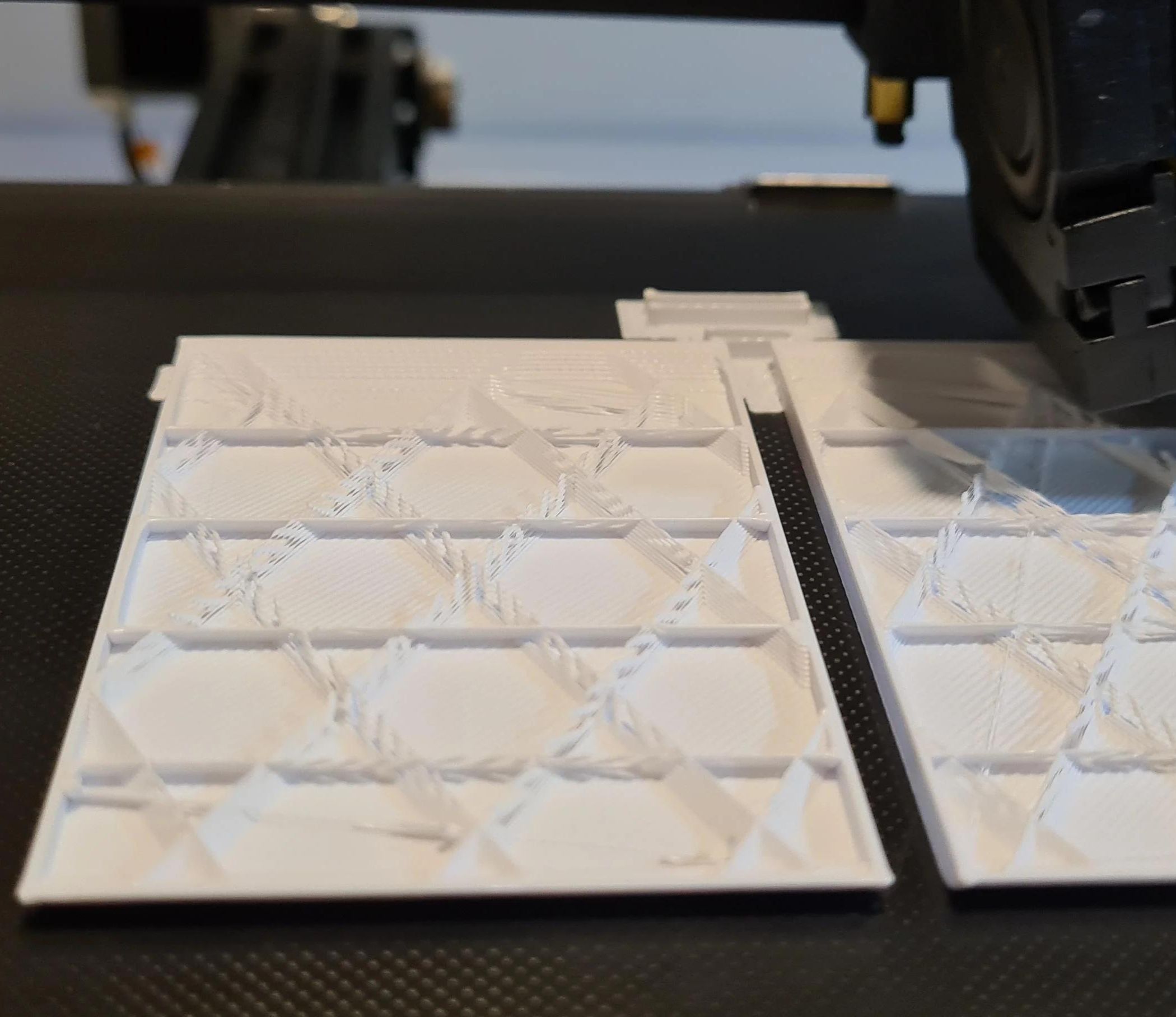
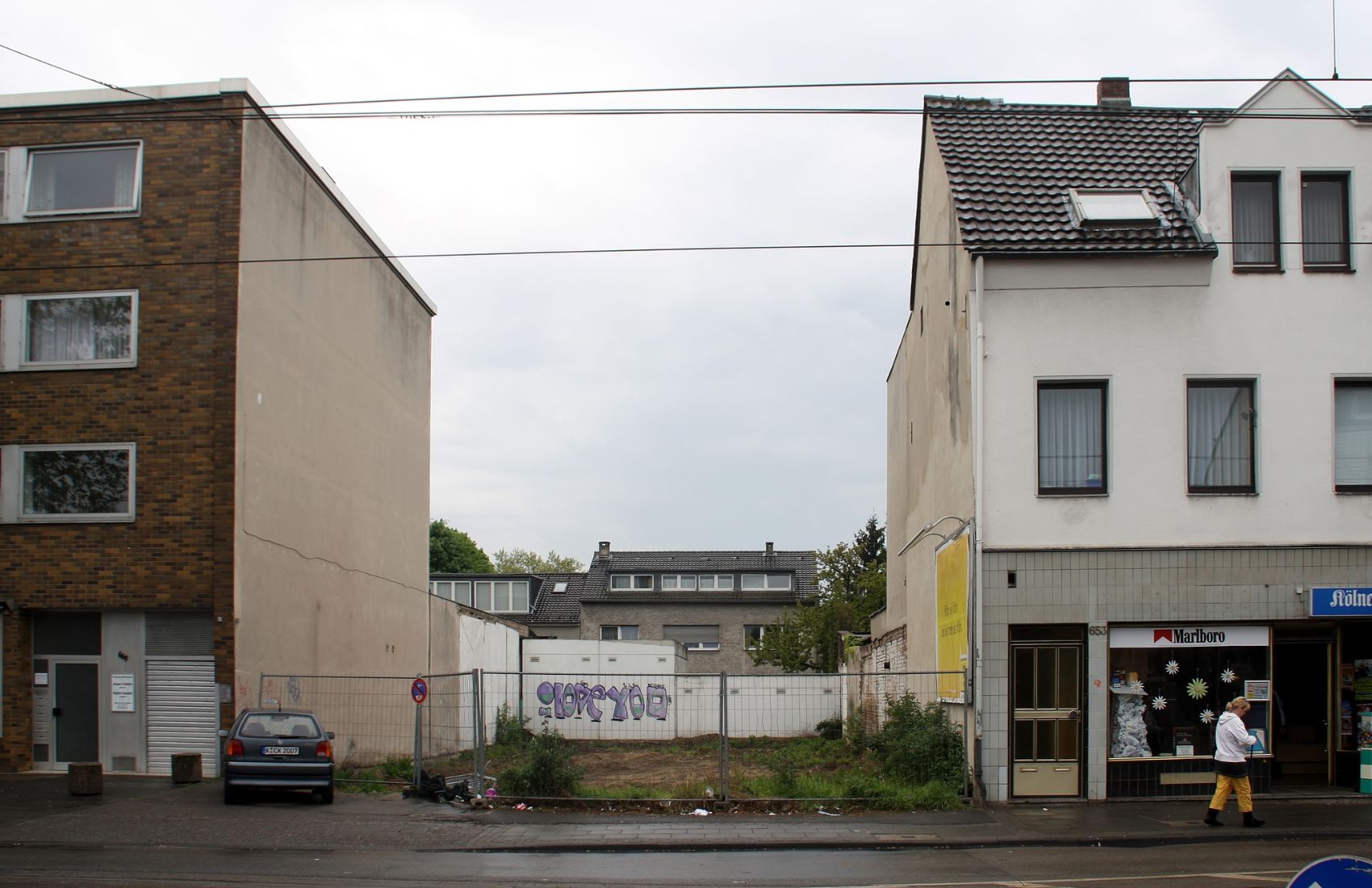
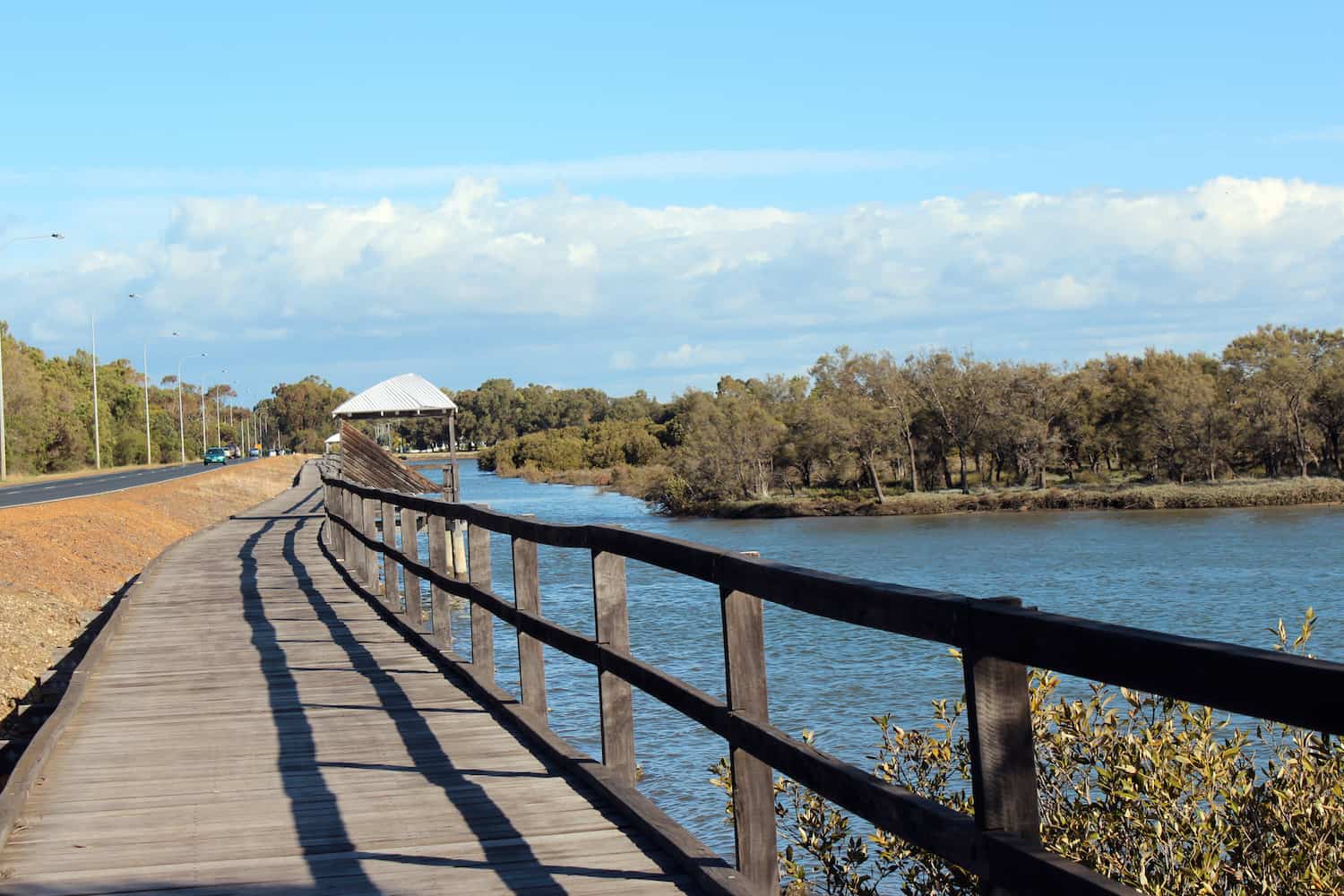
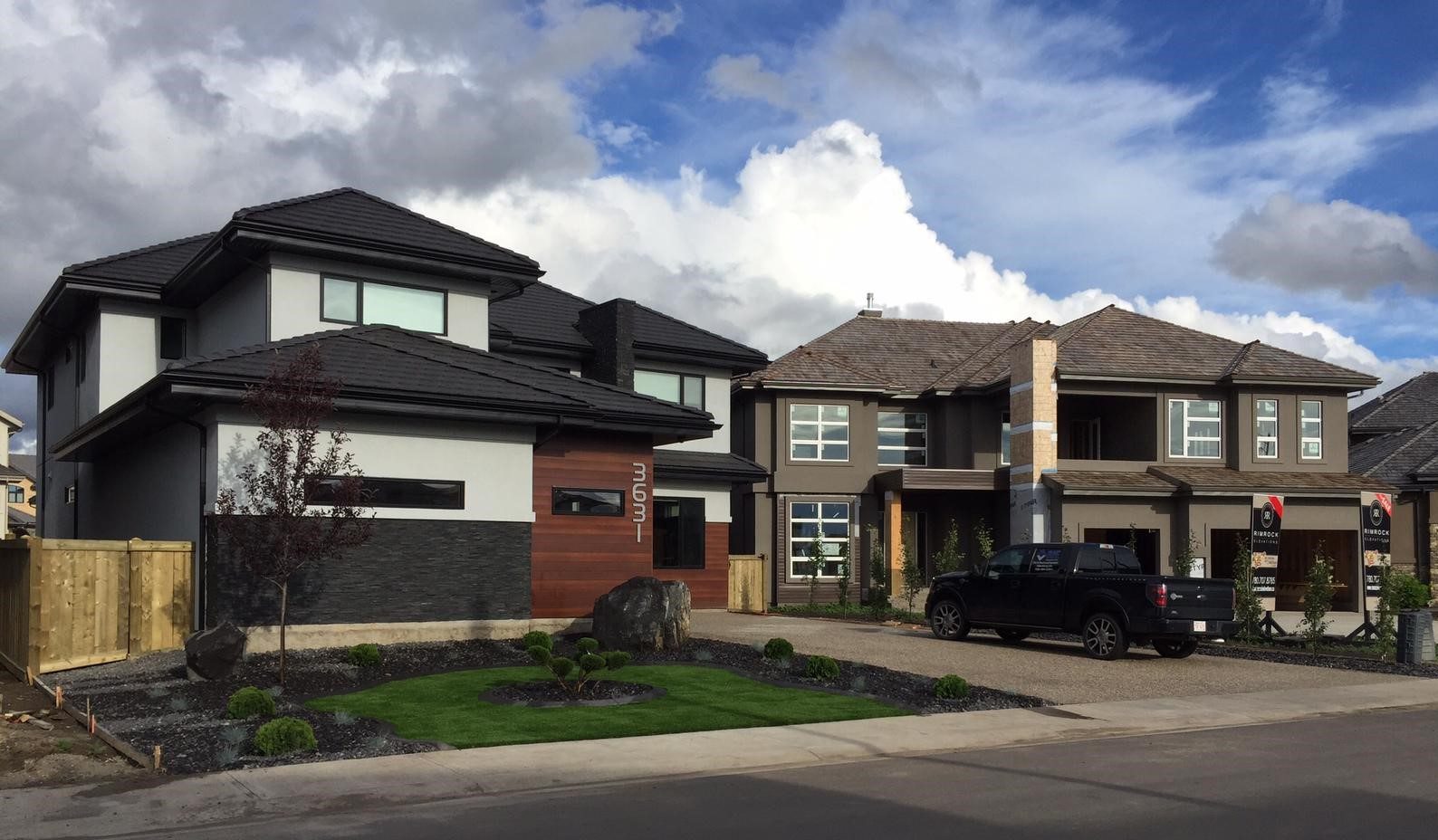

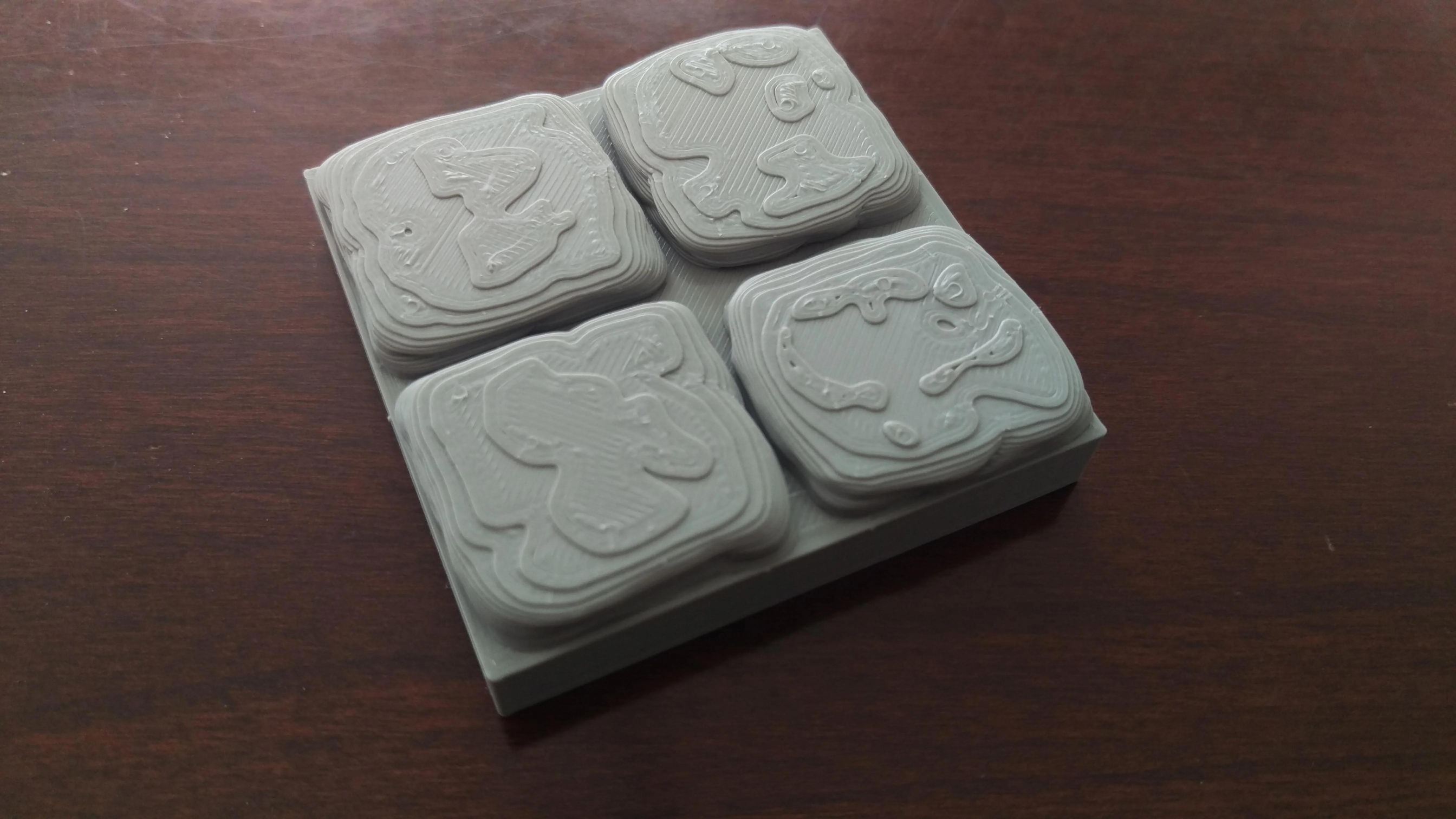
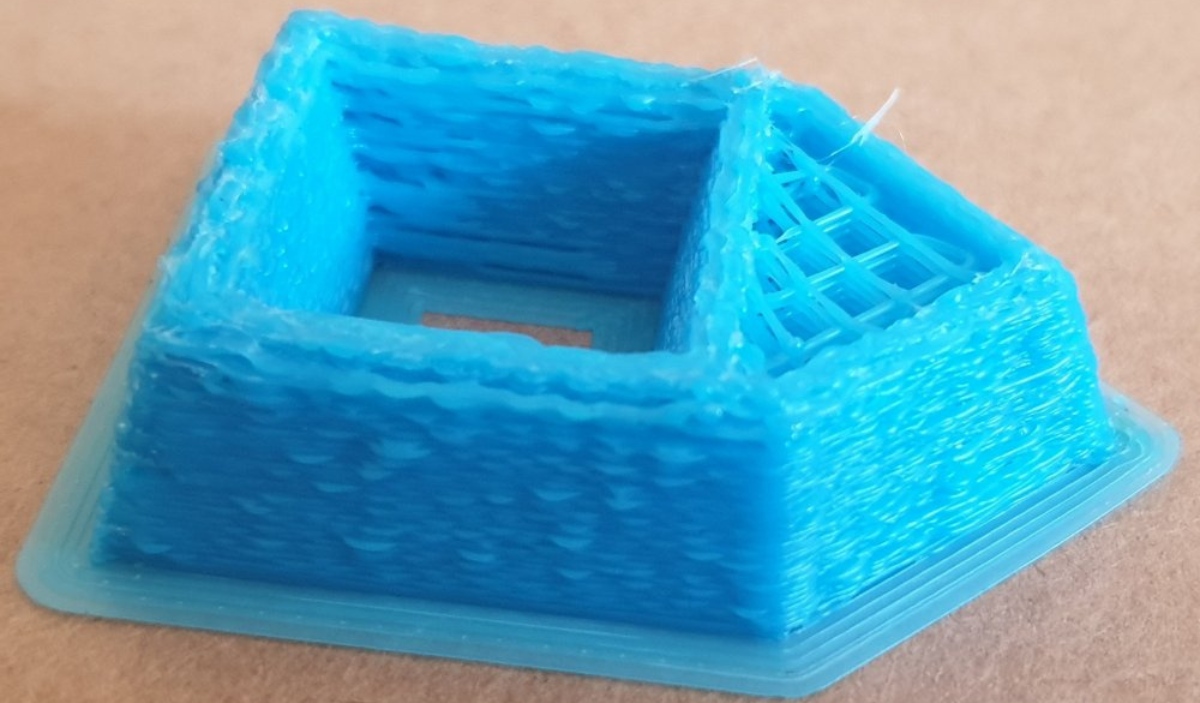
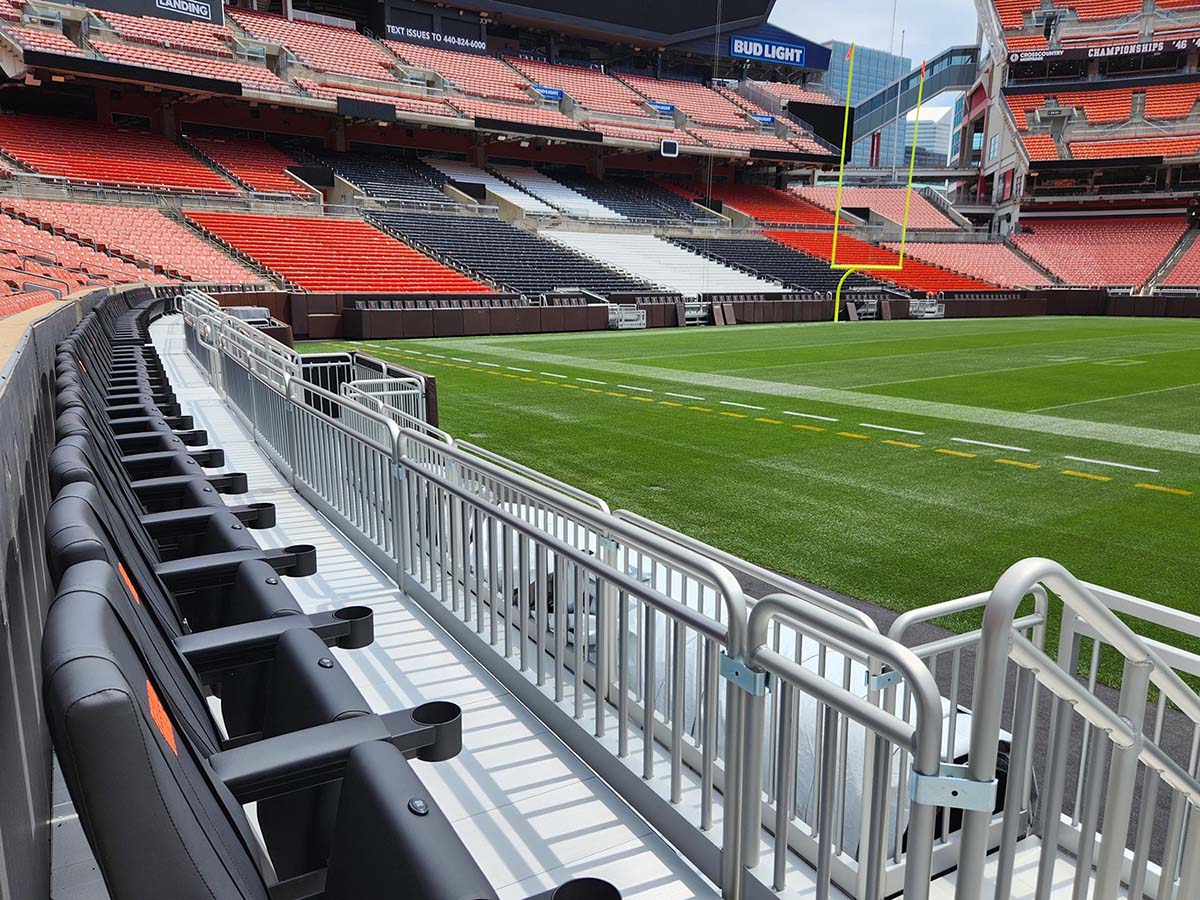
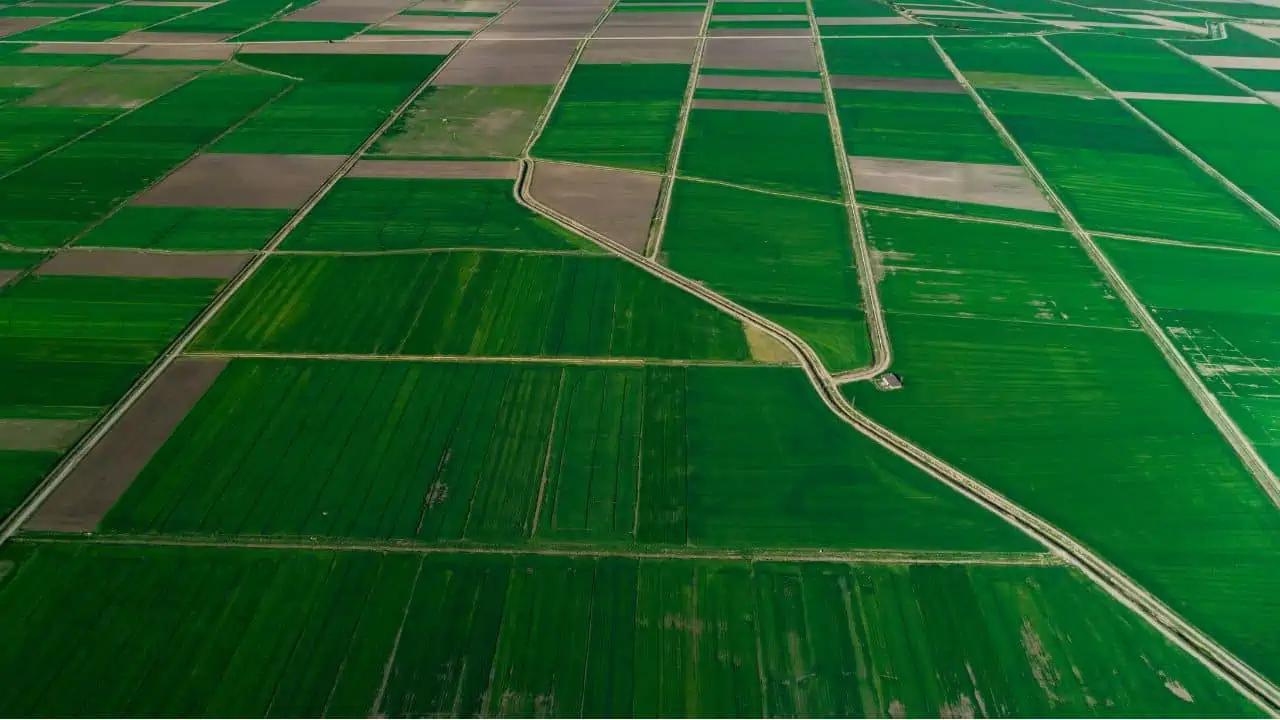
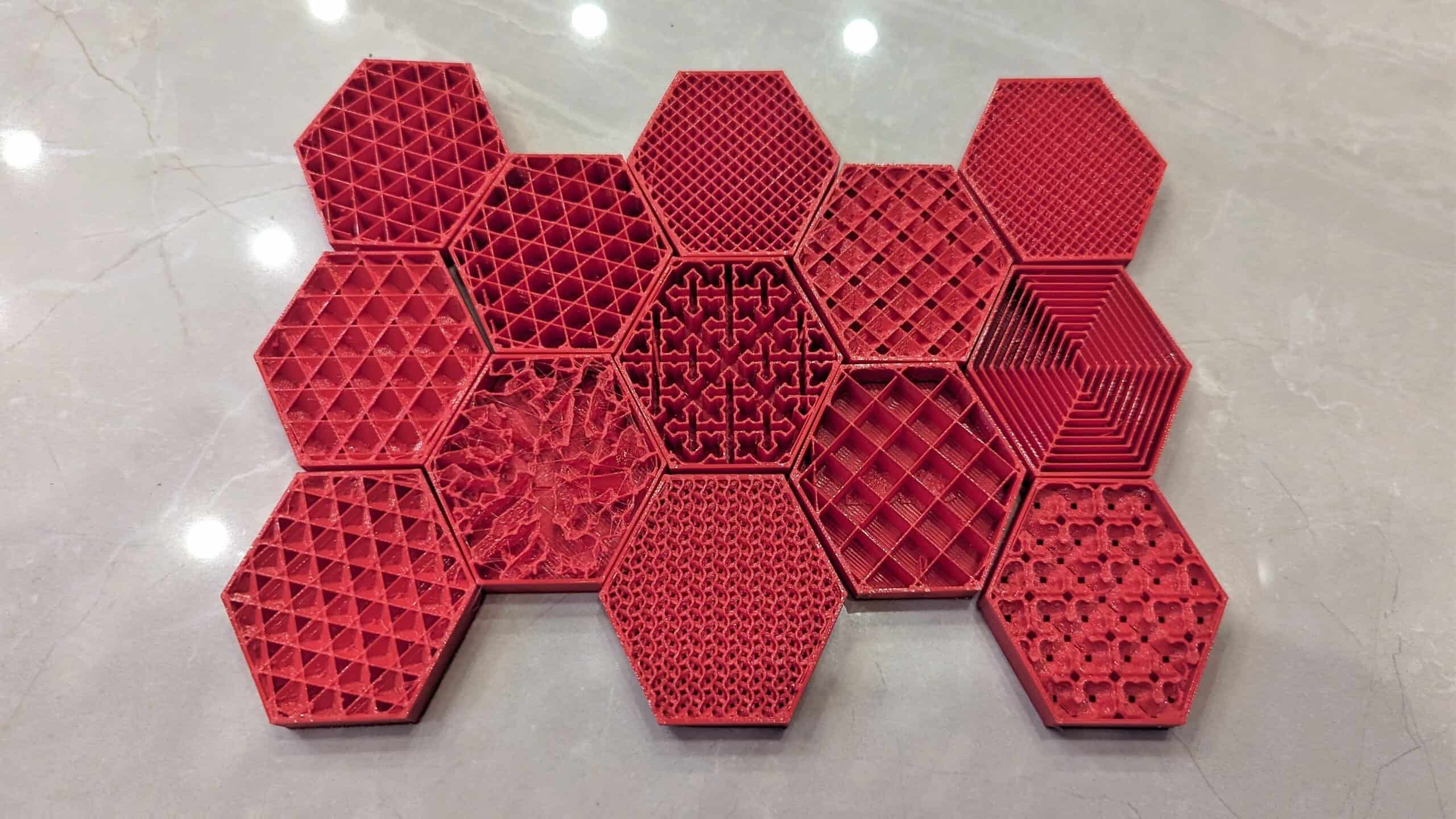
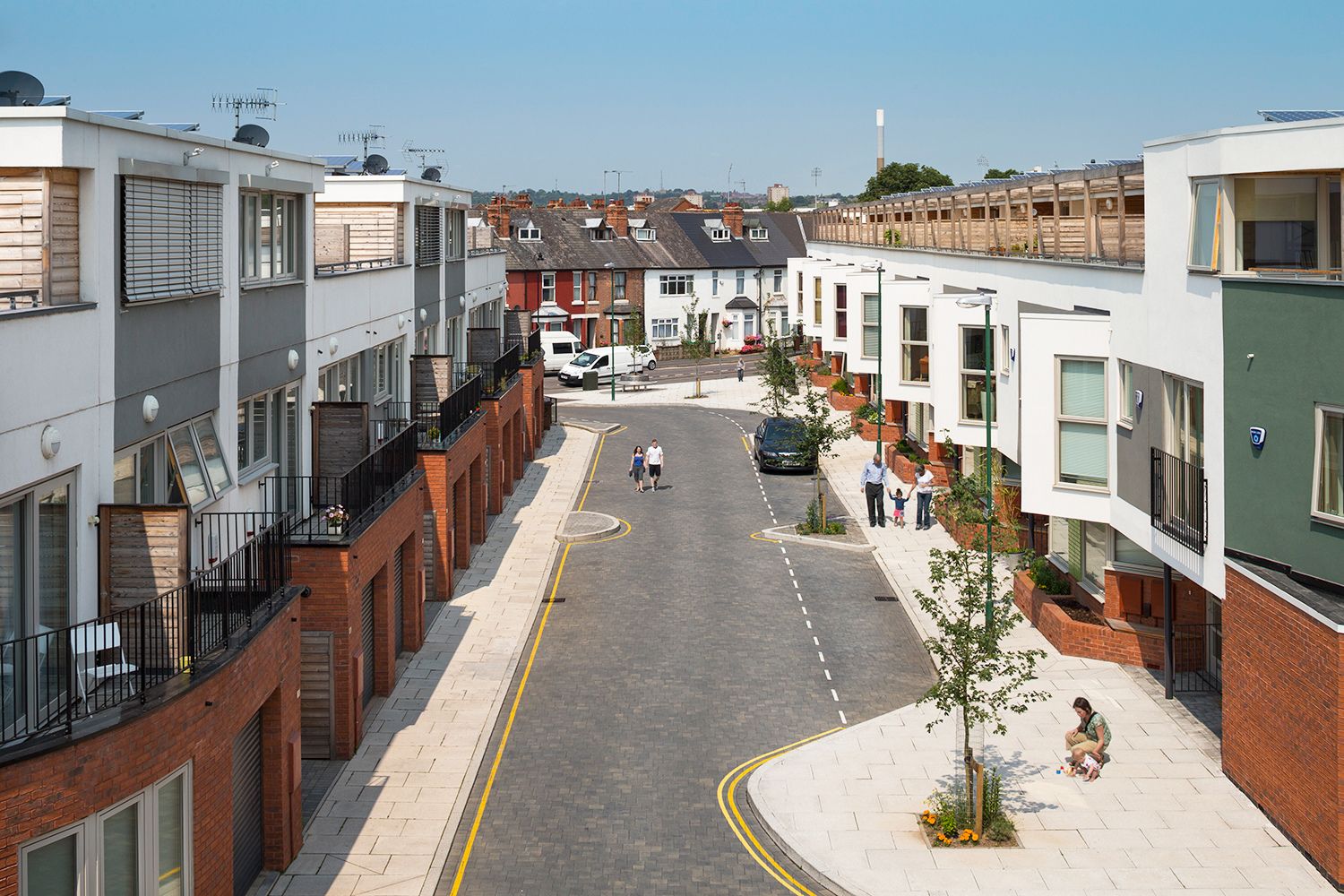
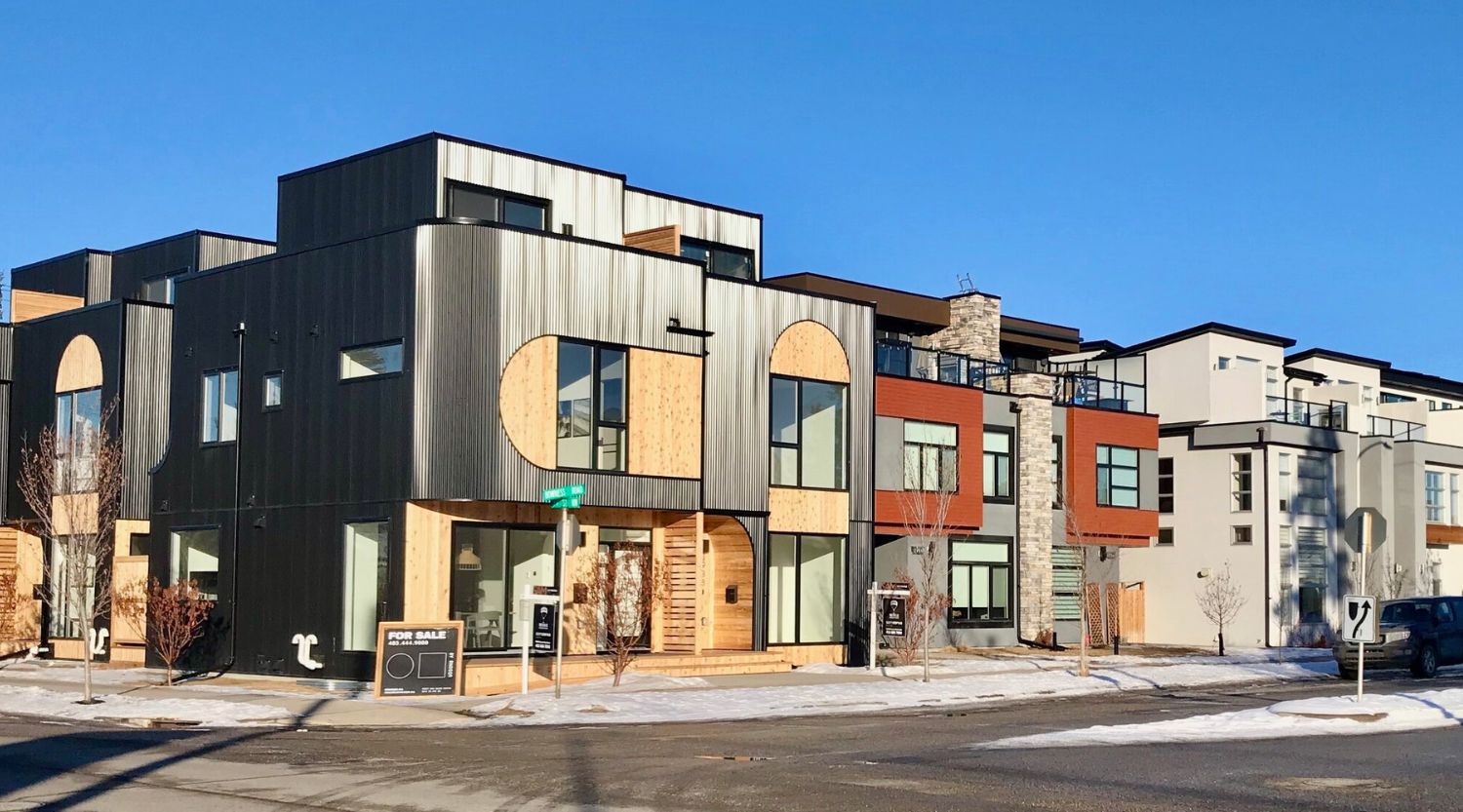
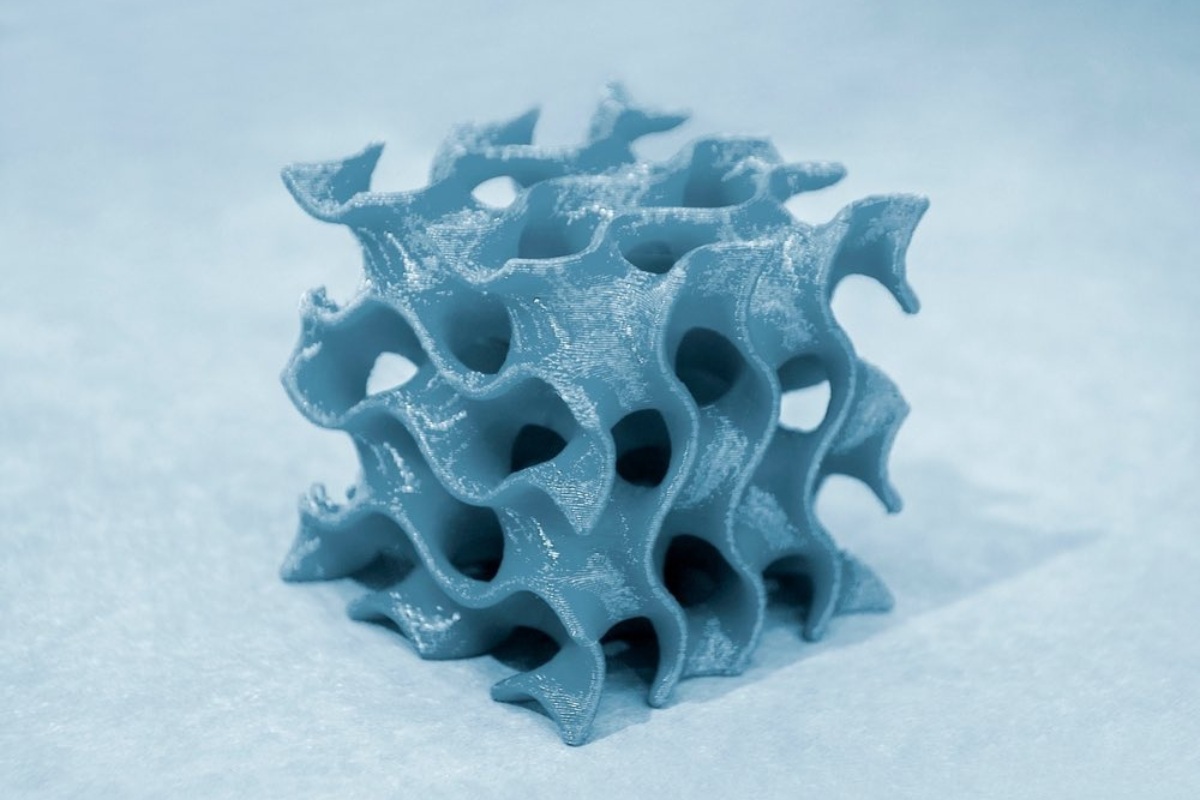

0 thoughts on “What Parts Of Lower Manhattan Are Infill”